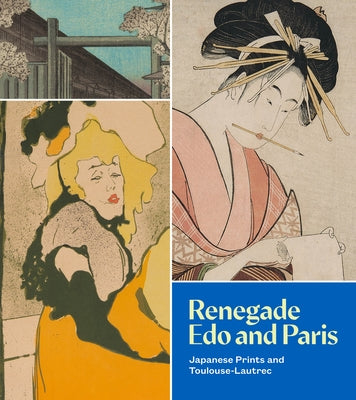Description
Both the Edo period (1603-1868) in Japan and the late nineteenth century in France witnessed a multitude of challenges to the status quo from the rising middle class. In Edo (present-day Tokyo), townspeople pursued hedonistic lifestyles as a way of defying the state-sanctioned social hierarchy that positioned them at the bottom. Their new pastimes supplied subject matter for ukiyo-e (pictures of the floating world). Many such pictures arrived in France in the 1860s, a time when French art and society were undergoing substantial changes. Fin-de-siècle Paris, like Edo before it, saw the rise of antiestablishment attitudes and a Bohemian subculture. As artists searched for fresh and more expressive forms, Henri de Toulouse-Lautrec (1864-1901) and his contemporaries were drawn to novel Japanese prints.
While ukiyo-e's formal influences on Toulouse-Lautrec and his peers have been well studied, the shared subversive hedonism that underlies these artworks has been less examined. Through a wide selection of Japanese prints and Toulouse-Lautrec works, this book offers a critical look at the renegade spirit inhabiting the graphic arts in both Edo and Paris, highlighting the social impulses behind a burgeoning art production.
Exhibition dates: Seattle Asian Art Museum, July 21-December 3, 2023
Author: Xiaojin Wu
Publisher: Seattle Art Museum
Published: 06/27/2023
Pages: 104
Binding Type: Paperback
Weight: 1.30lbs
Size: 10.63h x 9.29w x 0.55d
ISBN13: 9780932216076
ISBN10: 0932216072
BISAC Categories:
- Art | European
- Art | Asian | Japanese
- Art | History | Modern (Late 19th Century to 1945)

